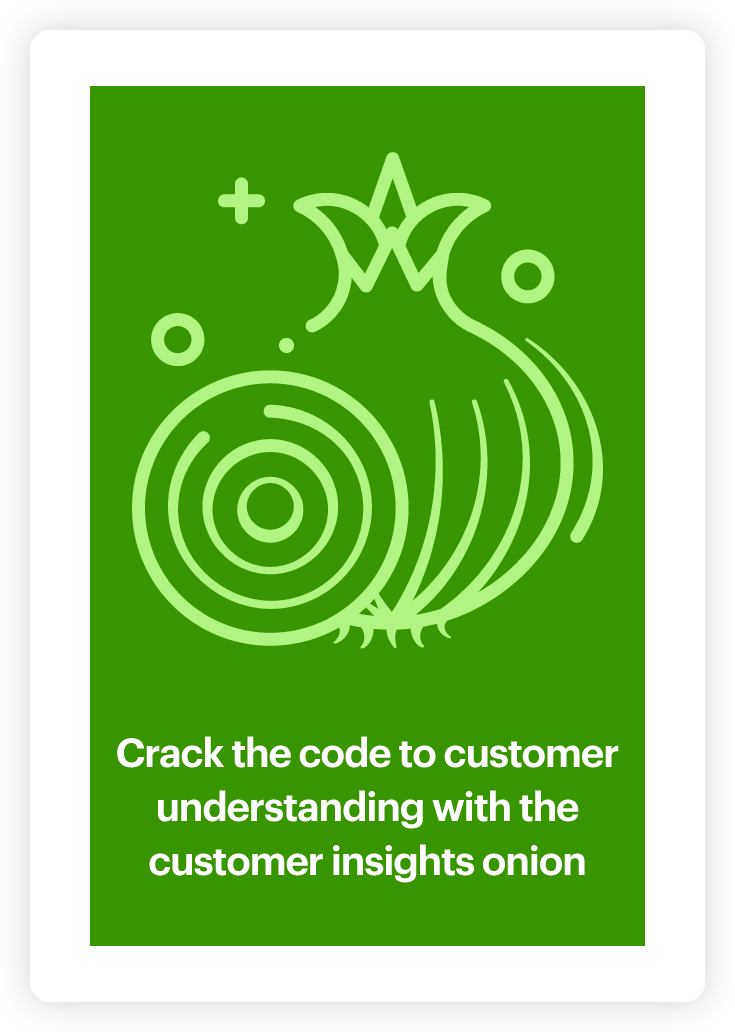Getting to the heart of luxury trends using text analytics

Luxury is having its moment. The sector has rebounded from the depths of the pandemic, overcoming inflation to post record growth. But how have consumer motivations contributed to luxury trends and the industry’s growth?
A 2023 report from management consultancy Bain & Co and Italian luxury association Altagamma estimates the market will grow by 5%–12% in 2023, in addition to its record-breaking 2022 performance. The organizations have attributed this performance to gen Z — with these consumers buying luxury in record numbers. Additionally, Morgan Stanley argues that gen Zs living at home are a key factor in luxury consumers trending younger.
Relative Insight was fascinated by the dichotomy of squeezed incomes and record luxury growth. The best way to find out consumer motivations for continuing to buy luxury – and the factors that influence consumer purchasing decisions – is to ask them directly. We did this through a survey, then analyzing the results using the Relative Insight text analysis platform.
You can discover what we found by reading our latest report. Decoding the language of luxury supports you in understanding consumers in any sector. Relative Insight’s research unlocked the motivations and feelings that inspired purchasing decisions for a wide range of consumer groups, including gen Z, Americans, Brits and more. The report also explores the how inflation and consumer spending power impacts their choices.
Relative Insight discussed the report in our most recent Spotlight Series webinar. In the clip below, Rosie Bandar, Senior Business Development Executive at Relative Insight, explores how gen Z consumers are ‘addicted’ to regular luxury purchases. To view the webinar in full on-demand, sign up here.
Relative Insight has provided a brief summary of the methodology and key insights found within the report and covered by the webinar.
How Relative Insight used luxury consumer segmentation to understand customers
To understand consumer motivations, you need to use qualitative data. Surveying consumers solely using pre-defined answers only tells you what they do, not why.
However, analyzing free text survey responses can be challenging. Manual analysis isn’t just time consuming; it also runs the risk of human bias impacting insights. Relative Insight’s text analysis software offers the nuance required to understand consumers at scale and without bias. In practice, this allowed us to determine how a variety of groups use of the language of luxury.
Relative Insight began by surveying consumers who categorize themselves as regularly making high-end purchases. Respondents were based in the US and the UK, and there were representative numbers of participants across gender, age and income brackets.
The survey contained a mix of closed/multiple choice responses and free text answers.
Closed questions aided our comparisons by enabling us to segment respondents into different groups. They asked respondents about what types of luxury goods they bought and what their motivations were for buying them, as well as uncovering more general information, such as how they were dealing with inflation. Relative Insight used these splits as a guide for luxury consumer segmentation. We analyzed what elements of luxury mattered most to a variety of consumer groups, whose views were expressed through open-ended responses.
Respondents answered a range of questions that sought to extract every aspect of their views on luxury goods and experiences. This combination of splitable meta data points from closed questions and detailed, descriptive open-ended responses enabled us to understand how people talked about luxury, what mattered most to them — and why. Through this analysis, Relative Insight uncovered factors that influence consumer purchasing decisions and drive luxury trends.
Examples of factors that influence consumer purchasing decisions
Relative Insight’s luxury consumer segmentation focused on three key types of split: demographic, financial and geographic. Below is a taste of the insights we uncovered that are key factors that influence consumer purchasing decisions.
Demographic
If gen Z is spending more on luxury products and experiences, why is this? Relative Insight compared this generation’s responses to those from all other age groups.
Gen Z were 2.0x more likely to use words relating to ‘casual fashion’ when compared to their elders. This included items like ‘jeans’, ‘trainers’, ‘sneakers’ and ‘shorts’. They also used the phrases ‘yoga pants’ and ‘oversized t-shirts’ – plus the word ‘hoodie’ – infinitely more, meaning that other generations didn’t use these phrases at all.
“Most of the luxury items I buy are casual. Jeans, t-shirt, hoodie and trainers. I prefer to be comfortable and confident in what I am wearing.“
Conversely, other generations discussed more traditional purchases when highlighting their luxury preferences. They focused on vacations, using the phrase ‘all-inclusive’ infinitely more.
“A holiday. Needed to have a luxurious all-inclusive stay away with first class flights.“
The casualization of luxury fashion is a key luxury trend that has attracted gen Z to the sector. Rather than haute couture, this group of consumers wants to invest in high-quality items they can wear for any occasion.
Financial
Our analysis explored how inflation’s impact and overall income influenced consumer purchasing decisions.
Consumers with limited and squeezed incomes still wanted to project an aspirational lifestyle to their peers. They referenced words related to ‘social media’ platforms 4.2x more, particularly the word ‘follow’, which was 9.4x more likely to occur in their responses. This group also discussed ‘trends’ 5.7x more.
“I like to follow trends, if other people are buying products then there must be a reason. I feel these pieces look better in photos and I enjoy posting on social media so people who follow me can see them.“
For these consumers, it’s not enough to buy luxury products and experiences — they need to be seen to be doing so.
In contrast, respondents with greater financial flexibility, yet still suffering from some constraints, didn’t focus on products at all. Their preference is a luxury experience. These consumers were 3.2x more likely to use the word ‘lifetime’, talked about making ‘memories’ 2.3x more and highlighted how experiences were ‘priceless’ infinitely more.
“I believe you should spend the money that you earn on yourself while you can because life is about experiences not waiting for things. I like to spend money on experiences rather than things because memories are more important to me stuff.“
If this group is going to spend money on a high-ticket experience, it needs to life-affirming and memorable.
Geographic
Although our main purpose for surveying luxury consumers initially focused on how gen Z and inflation/income are impacting the sector, the Relative Insight platform enabled us to segment by other data points. Of these other comparisons, the most illuminating insights came from comparing responses from Americans against Brits.
Intriguingly, Britons’ reasons for luxury purchases mirrored the American Dream. They were 9.0x more likely to talk about ‘hard work’ and used they word ‘effort’ 7.8x more, arguing that being able to afford top products and experiences was a reward for the hard work and effort they put in.
“I put a lot of time and effort into my job so feel I deserve to treat myself to luxury things and experiences that I do not have in day-to-day life, I view these as a good reward for working hard and doing my best.“
Americans used luxury purchases to feel a sense of accomplishment and fulfillment. They were infinitely more likely to use the phrases ‘enjoy life’ and ‘feel accomplished’. People in the US also used the word ‘self’ 3.0x more, in the context that buying luxury products offered a form of self-care.
“I buy them because of the experience and the self-satisfaction I do get from the product, and the value of the products.“
These insights are just a morsel of Relative Insight’s analysis. To learn about everything our research uncovered, download the white paper or view the webinar on-demand using the banner below.


